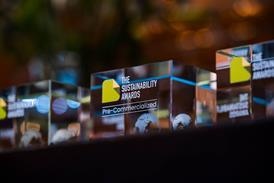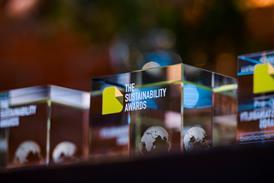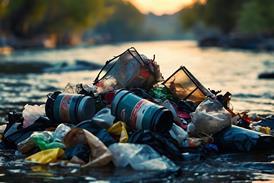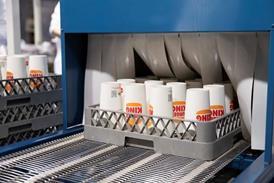Active packaging solution said to reduce mercury content in canned tuna

Researchers from Chalmers University of Technology have packaged canned tuna infused in the water-based solution of amino acid cysteine, said to remove up to 35% of the accumulated mercury.
ALREADY A REGISTERED USER? SIGN IN now
Subscribe (for free) to read this article
Become a subscriber to read this story, as well as other exclusive articles and interviews. The process is entirely free and takes no time at all.





